Highlights
- Rumoured to feature a 6.1-inch OLED display with Face ID
- Powered by Apple’s A16 Bionic or A15 Bionic chip
- Competitive pricing expected between $429 and $499
- Potential to disrupt the mid-range smartphone market
The next iPhone SE 4 will surely be competitive in terms of pricing.
The price of the device could be somewhere between $429, which is the current cost of an iPhone SE, and could go up to $499 at most.
It places the phone right in the middle of offerings from other brands, such as Google’s Pixel A and Samsung’s Galaxy A series.
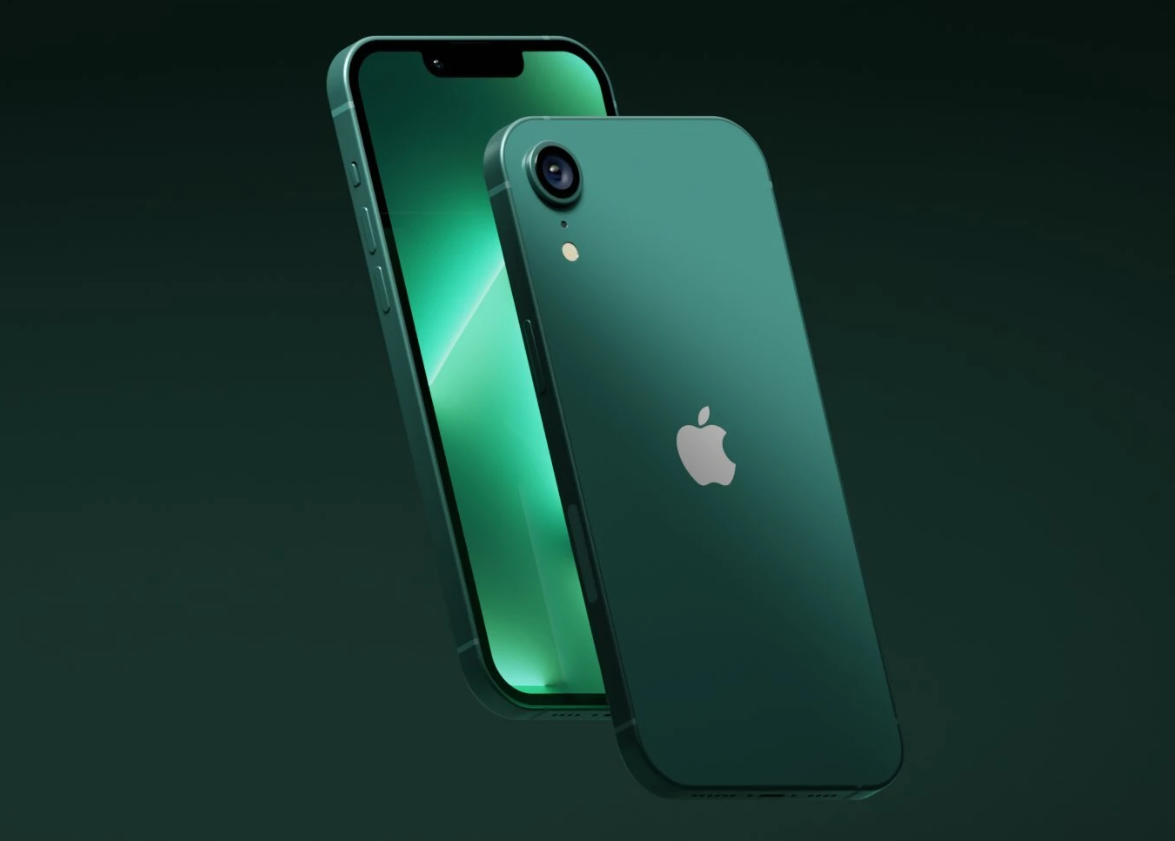
Still, the rumour mill says that the iPhone SE 4 is not going to the mid-range battle with nothing to show for itself.
Perhaps the most important change is the alleged changing of the guard from the old design that has haunted the previous iPhone SE models, which was eerily similar to the iPhone 8 and earlier models.
Is the iPhone SE 4 Going to Beat Mid-range Android Phones?
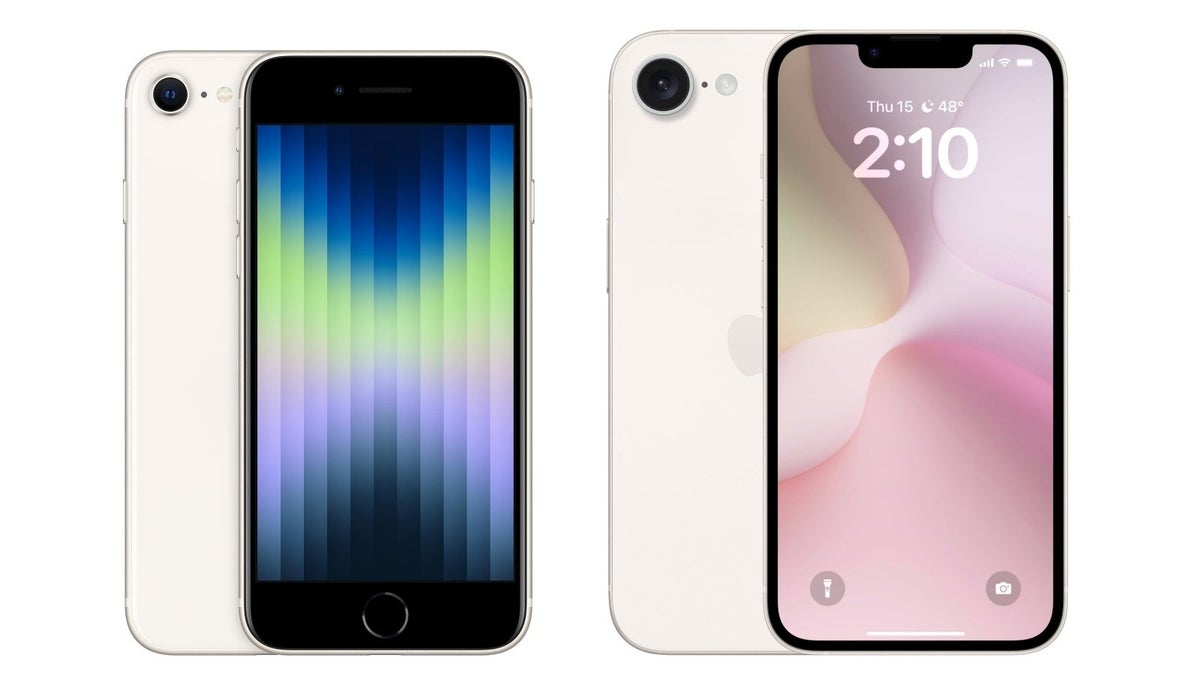
Trusted sources suggest that next year’s iPhone SE 4 will transition to the latest design language of the iPhone 14: a larger 6.1-inch display with Face ID and a notch, making for an overall fresher look that’s more ready to compete in the mid-range markets.
It gets even better with reports that the iPhone SE 4 will finally ditch LCD in favour of an OLED display.
This would mean leveling the field, at least as far as panel technology goes, with many of its Android competitors and guaranteeing it superior viewing angles, richer colours, and deeper blacks inherent to OLEDs.
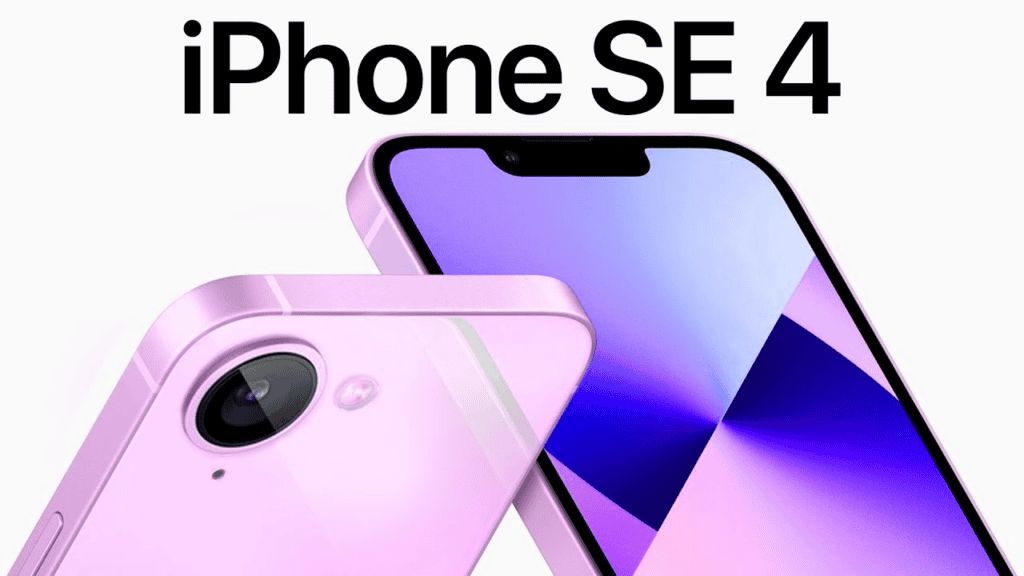
While mid-range smartphones are hardly deficient in terms of performance, the iPhone SE 4 is rumoured to come powered by Apple’s flagship A16 Bionic chip, which currently powers the iPhone 14 Pro and iPhone 15 devices.
In theory, it should put it far ahead in terms of raw processing power.
A Performance Champion?
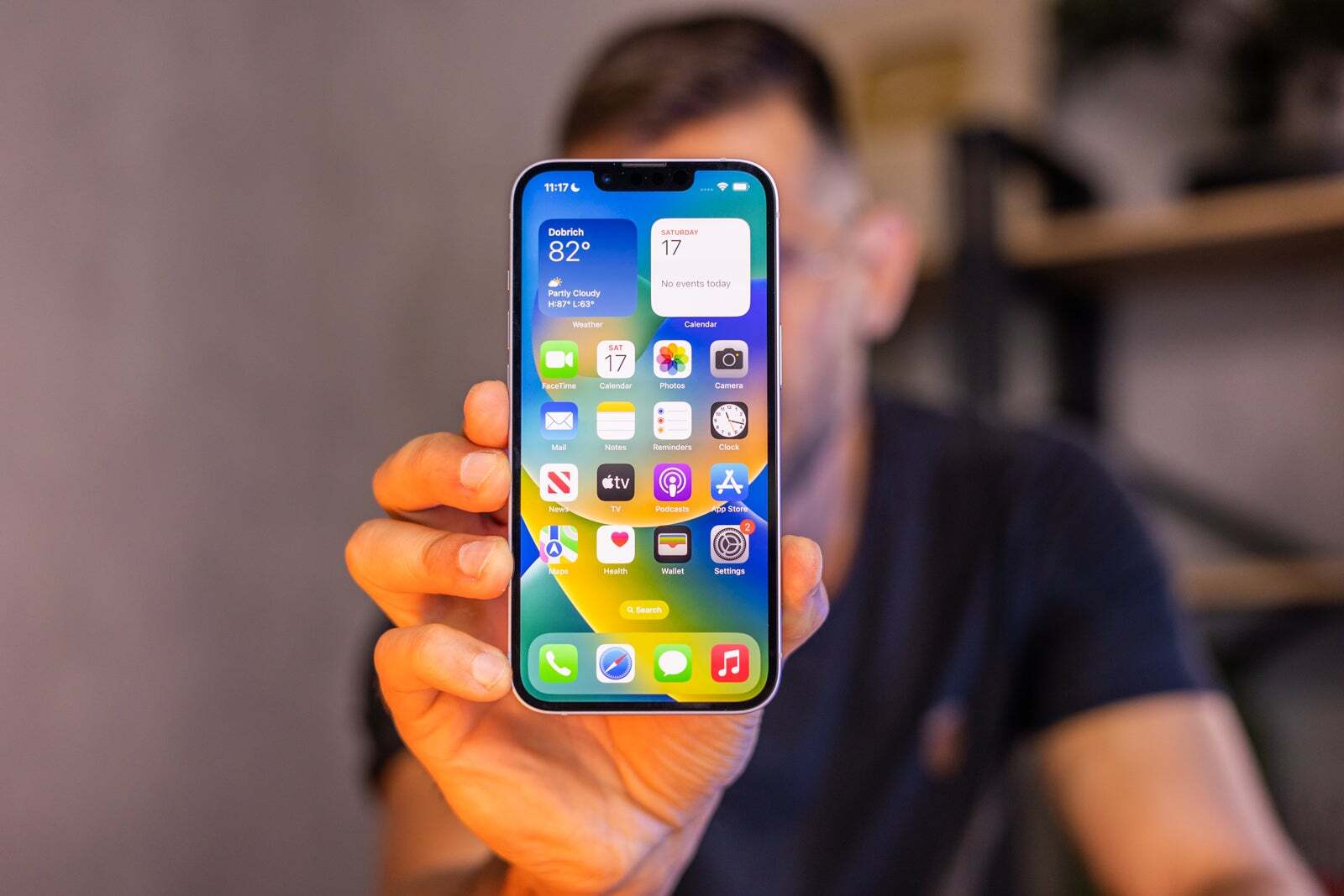
Even if Apple decides to go for the slightly older A15 Bionic, benchmark results suggest that it would still outshine many midrange chips, thanks in part to Apple’s renowned software optimization and years of experience harmonizing hardware with software.
PhoneArena says while benchmarks aren’t everything, Apple’s expertise in software optimization and seamless integration of hardware and software could contribute to an unrivalled level of sustained performance and responsiveness over the years, adding further to the iPhone SE 4’s appeal.
Looking at the potential combination of modern design, OLED display, competitive pricing, and performance close to flagship devices, the iPhone SE 4 can be poised to shake up the midrange market, increasing pressure on Android competitors to step up their game.
Not a Complete Smooth Sailing
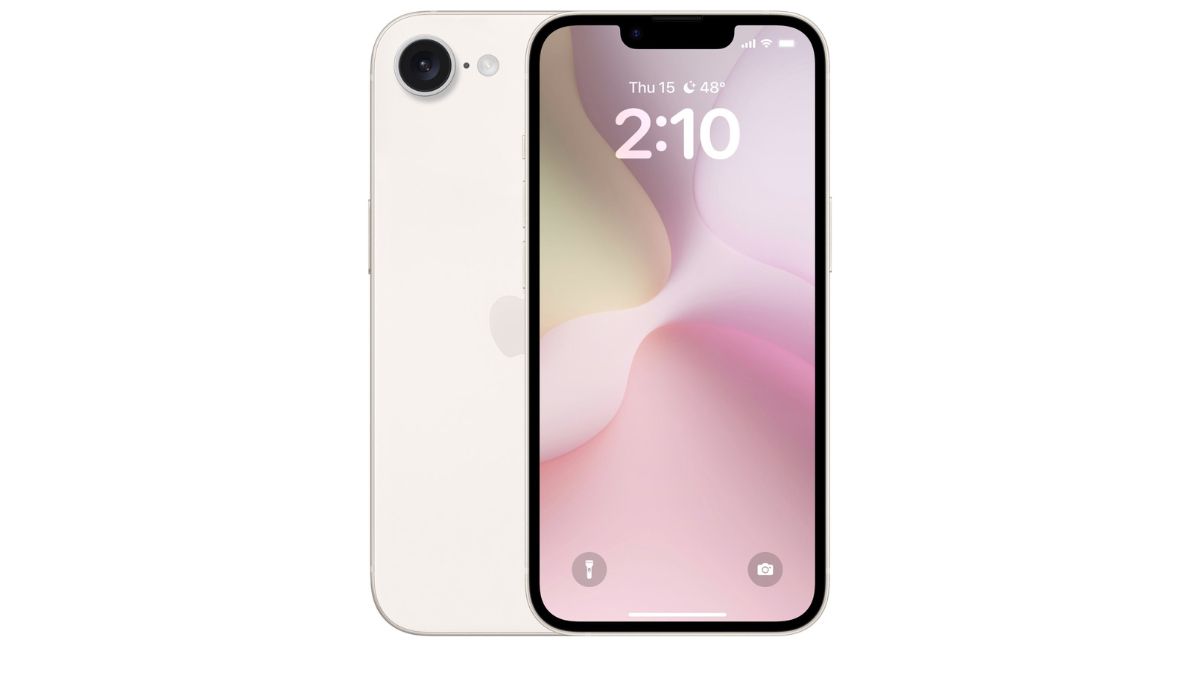
While some compromises are expected, such as a 60Hz refresh rate, mid-range buyers often prioritize overall quality, reliability, and a capable camera experience at an attractive price point – areas where the iPhone SE 4 could potentially excel.
With the launch of the iPhone SE 4 slowly but surely coming up in the horizon, rival companies may want to refocus and start preparing their mid-range offerings to battle Apple’s rumored offering, which—if the leaks prove accurate—could shake up the mid-range segment of smartphones real good.
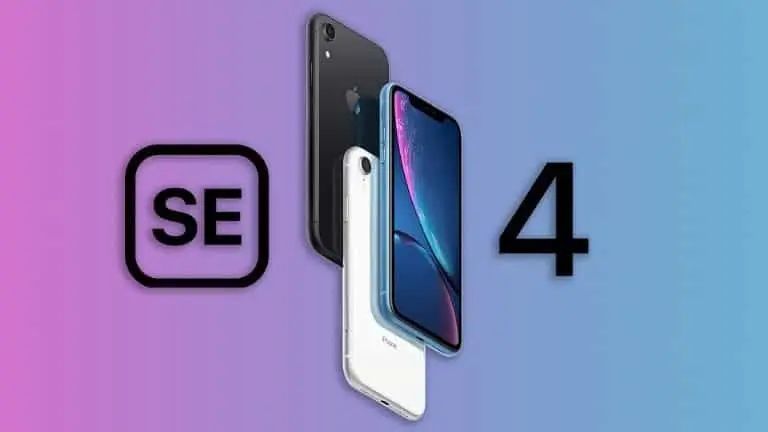
Of course, at this point, all of this is still rumour.
The details of the iPhone SE 4 are still few and far between.
But if the rumoured specifications and pricing pan out, the iPhone SE 4 could arguably “destroy” much of the competition in the mid-range market, according to PhoneArena’s reporting.
Apple iPhone SE 4 Specs
GENERAL
| Sim Type | Dual Sim, GSM+GSM |
| Dual Sim | Yes |
| Sim Size | Nano+eSIM |
| Device Type | Smartphone |
| Release Date | March 8, 2024 (Expected) |
DISPLAY
| Type | Color OLED Screen (16M Colors) |
| Touch | Yes |
| Size | 6.1 inches, 750 x 1580 pixels |
| Aspect Ratio | 16:9 |
| PPI | ~ 441 PPI |
| Screen to Body Ratio | ~ 65.4% |
| Features | 1,400:1 Contrast Ratio (typical), True Tone Display, Wide Colour Display (P3), Haptic Touch, 625 nits Max Brightness |
MEMORY
| Storage | 64 GB |
| Card Slot | No |
CONNECTIVITY
| GPRS | Yes |
| EDGE | Yes |
| 3G | Yes |
| 4G | Yes |
| 5G | Yes |
| VoLTE | Yes |
| Wifi | Yes, with wifi-hotspot |
| Bluetooth | Yes, v5.3, A2DP, LE |
| USB | Yes, Lightning Port |
| USB Features | USB Charging |
EXTRA
| GPS | Yes, with A-GPS, GLONASS, GALILEO, QZSS, BEIDOU |
| Fingerprint Sensor | Yes, Front |
| Face Unlock | Yes |
| Sensors | Barometer, Three Axis Gyro, Accelerometer, Proximity Sensor, Ambient Light Sensor |
| 3.5mm Headphone Jack | Lightning |
| NFC | Yes |
| Water Resistance | Yes |
| IP Rating | IP67 |
| Dust Resistant | Yes |
CAMERA
| Rear Camera | 12 MP f/1.8 with autofocus |
| Features | Deep Fusion, Smart HDR 4, Photographic Styles, Advanced Red-eye Correction, Auto Image Stabilisation, Burst Mode, Photo Geotagging |
| Video Recording | 4K, 1080p |
| Flash | Yes, LED |
| Front Camera | 10.8 MP f/2.2 with Retina Flash |
| Front Video Recording | 1080p @ 30 fps FHD |
TECHNICAL
| OS | iOS v16 |
| Chipset | Apple Bionic A15 |
| CPU | 3.22 GHz, Hexa Core Processor |
| Core Details | 2×3.22 GHz Avalanche + 4xX.X GHz Blizzard |
| GPU | Apple GPU |
| Java | No |
| Browser | Yes |
MULTIMEDIA
| Yes | |
| Music | AAC, MP3, Apple Lossless, FLAC, Dolby Digital and Dolby Digital Plus |
| Video | HEVC, H.264 and ProRes |
| FM Radio | No |
| Document Reader | Yes |
BATTERY
| Type | Non-Removable Battery |
| Size | Li-ion Battery |
| Fast Charging | Yes, 18W Fast Charging |
| Wireless Charging | Yes, Works with Qi Chargers |
| Music Playback Time | 50 hours |
FAQs
What are the expected features of the iPhone SE 4?
The iPhone SE 4 is rumoured to have a 6.1-inch OLED display, Face ID, and be powered by either the A16 Bionic or A15 Bionic chip.
How much will the iPhone SE 4 cost?
The price of the iPhone SE 4 is expected to be between $429 and $499.
When will the iPhone SE 4 be released?
While an exact release date is not confirmed, it is anticipated to launch in 2024.
Will the iPhone SE 4 have an OLED display?
Yes, it is rumoured that the iPhone SE 4 will transition from an LCD to an OLED display.
How does the iPhone SE 4 compare to mid-range Android phones?
The iPhone SE 4 is expected to offer superior performance with Apple’s A16 Bionic or A15 Bionic chip, along with a modern design and OLED display, making it a strong competitor in the mid-range market.
What compromises might the iPhone SE 4 have?
The iPhone SE 4 may have a 60Hz refresh rate, which is lower than some competitors, but it is expected to excel in overall quality, reliability, and camera performance.
Also Read: iPhone SE 4 Set to Sport OLED Display, Eyeing iPhone 13’s Screen Technology
Also Read: iPhone SE 4 CAD Renders Show the Device Featuring a Notched Display and Modern Design
Also Read: iPhone SE 4 to Feature BOE Displays After Samsung Negotiation Fallout
